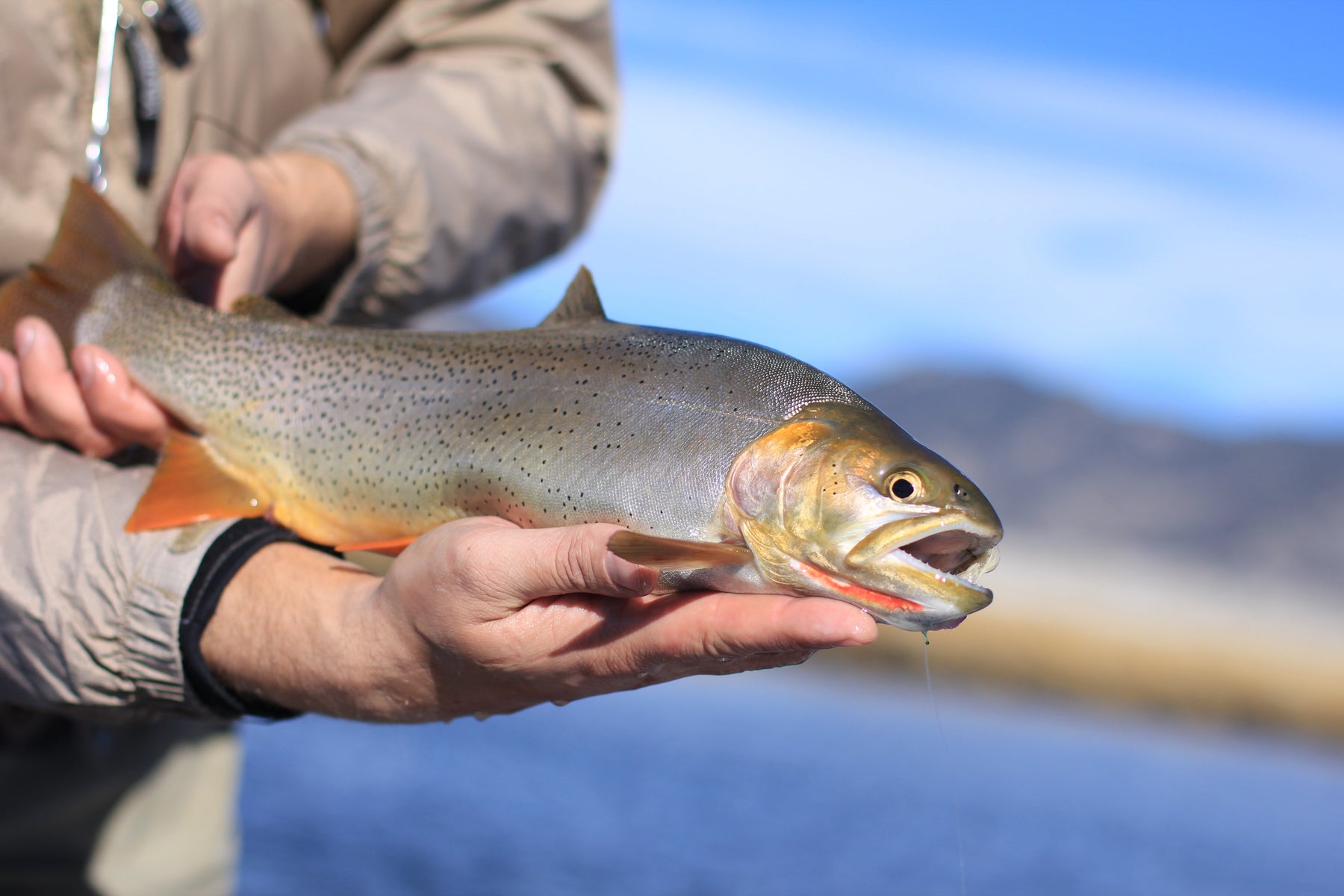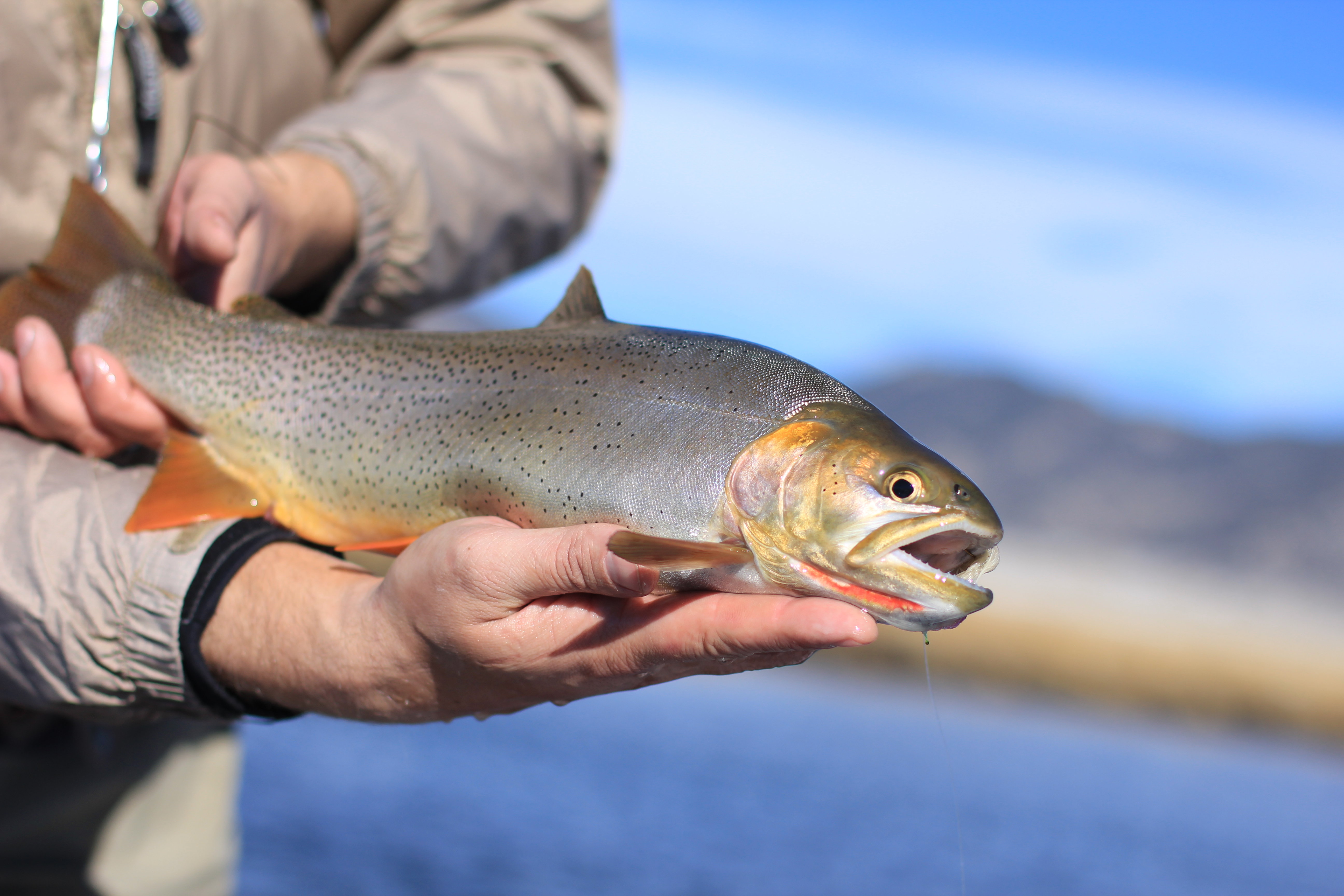
An Introduction to Czech Nymphing: Simple, Responsive, & Deadly

Photo credit to Mark Jessop of Troutfin Studios
Often times, the angler who catches the most fish is the one who can best detect and swiftly respond to the lightning quick strikes or subtle takes of trout as they sip a passing fly from the current. The trout we pursue on the fly are a wily prey, and are experts at detecting elements that are outside of the norm. The splash and flash of an indicator overhead or the unnatural pressure of a split shot hanging beneath their lip can cause the trout to retreat or spit out a fly before the hapless angler ever knew there was a fish on the end of their line. In order to slip past the guard of the trout and capitalize on these speedy strikes, employing a simple Czech Nymphing Rig will allow you to remove elements that may alarm the fish, and allow you to feel every subtle tap and take of your flies as if they were an extension of your own hand.
The traditional North American style of nymphing is based off of a clumsy adaption of our spin fishing roots. A strike indicator is attached to our leader, lead or tin split shot are pinched to our line somewhere below the indicator, and our wet nymph patterns are tied on in succession below the split shot. While this technique can be quite effective, its drawbacks are twofold: 1. The trout sees the strike indicator and weights before the flies, increasing the likelihood that they may be spooked, and 2. The trout needs to lift the weights off the bottom of the river and pull the line straight before you can detect the strike. Employing a Czech Nymphing rig allows the angler to simplify their setup, strip away elements that may spook trout, and detect the lightest of strikes from trout.
Czech Nymphs are a short line nymphing technique where the split shot and strike indicator are removed and the weight needed to sink your flies to the bottom of the river is incorporated into the lowermost fly pattern in the form of lead wire or tungsten beads. Additional flies are added above the heavy bottom fly by tying short legs of tippet (4”-6”) into a metal tippet ring or by a slightly more involved tying of a “dropper loop”. By tying flies off of these short, perpendicular legs of tippet, they swim much more freely and realistically through the water, helping to put the feeding fish at ease.

When fishing the Czech Nymphing rig, we focus on drifting through waters just beyond the tip of our fly rod, using just a couple feet of fly line, and holding our line high and taut above the water. The weight of our heavy bottom fly should draw our line tight, and each bump and tap from rocks or fish will be telegraphed up through that tight line to our fingertips as we follow the progression of the drifting fly by moving the rod tip slowly downstream. The greatest advantage of this rig is that by removing the slack and resistance created by the split shot and indicators and separating you from the fish, you become hyper-sensitive to strikes the moment they happen, and can respond with quicker hook sets.
So if you are frustrated by missing fish with late hooksets, or are ready to just simplify and start catching more fish, check out Czech Nymphing. I think you will be pleasantly surprised by the number of fish that are taking your flies, as well as by the increased catch in your net!



